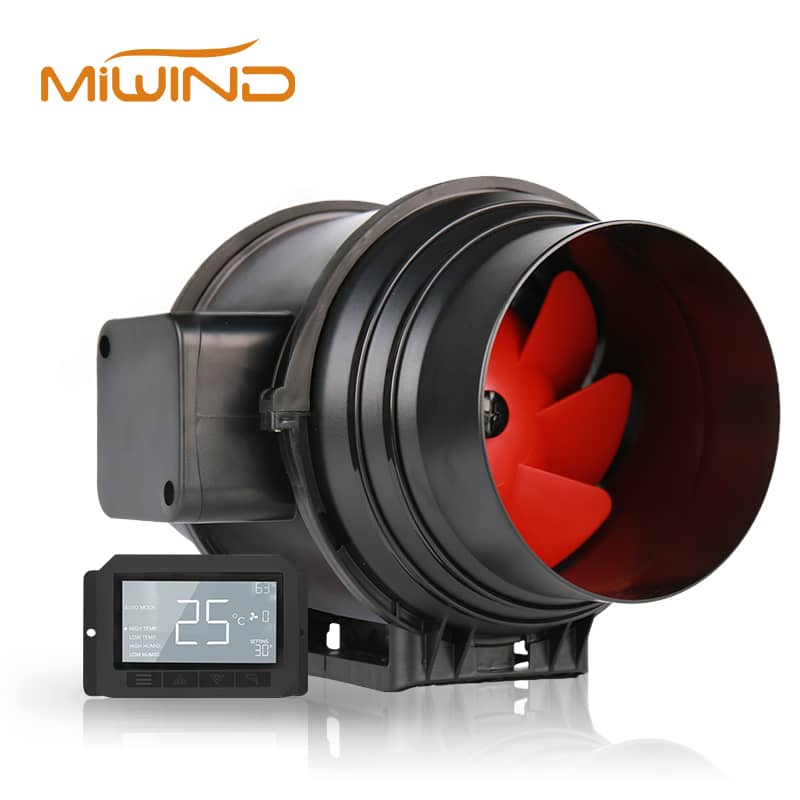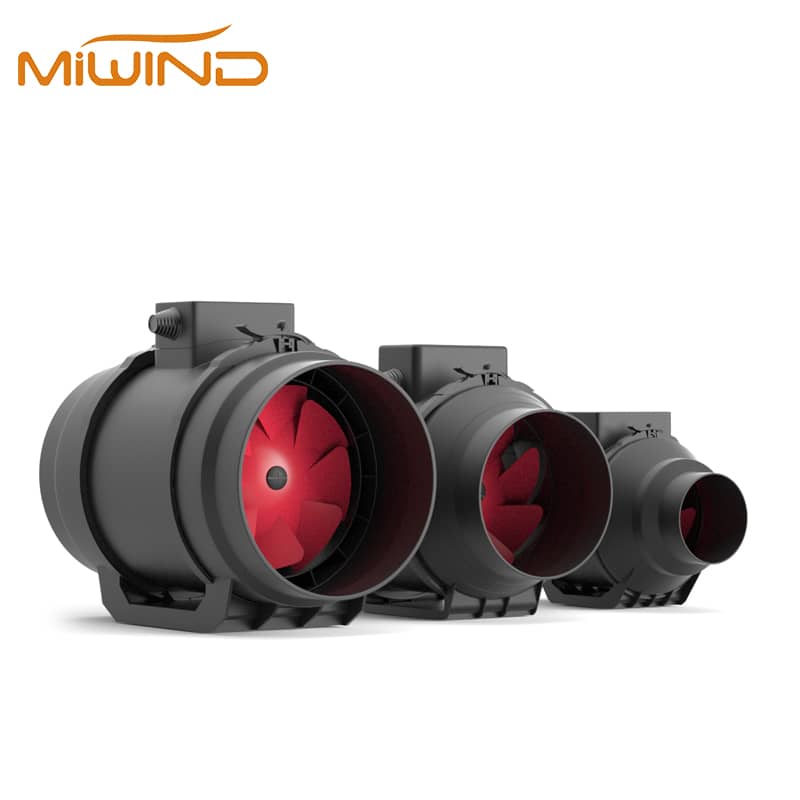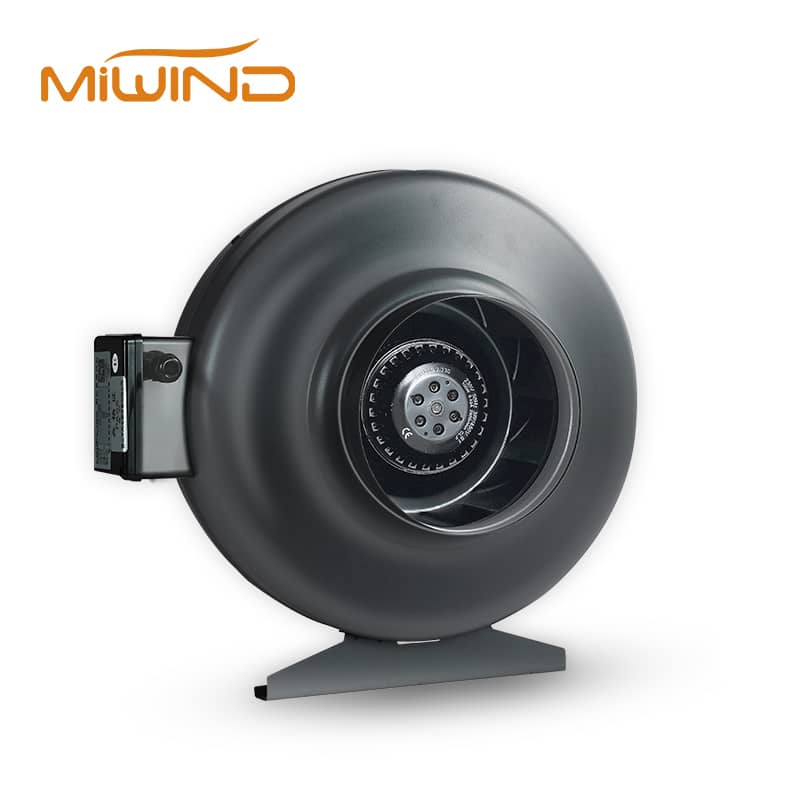
Ventilation plays a key role in ensuring clean air, temperature control, and comfort in bustling coffee shops. Whether you're opening a new café or upgrading your existing setup, choosing the right ventilation fan can directly impact your customers' experience and your staff's well-being. In this guide, we'll walk you through how to select the most efficient and quiet fan, explain the types available, and share expert tips on installation and maintenance.
Proper ventilation in coffee shops is essential for several reasons:
Indoor Air Quality: Proper ventilation removes smoke, coffee roasting fumes, food odors, and airborne grease particles, ensuring a clean and inviting space for both guests and baristas.
Comfort: Maintaining a comfortable temperature and humidity level is vital for customer satisfaction and employee productivity.
Health and Safety: Adequate ventilation reduces the risk of respiratory issues caused by poor air quality or excessive heat. Poor ventilation can also violate local health regulations, especially in commercial coffee shop kitchens with espresso machines, ovens, and other heat-producing equipment.
The airflow capacity of a fan is measured in cubic feet per minute (CFM). It is essential to choose a fan with adequate CFM to ensure effective air circulation. The required CFM depends on the size of your coffee shop and the number of appliances that generate heat or odors.
Noise can significantly impact the customer experience. Select fans that operate quietly, especially if your coffee shop has an open layout. Look for fans with noise ratings measured in sones; lower values indicate quieter operation.
Choosing an energy-efficient ventilation fan—especially those with DC motors or Energy Star ratings—can significantly reduce monthly electricity bills while maintaining optimal airflow. Look for fans with high energy efficiency ratings or those that utilize DC motors, which consume less power while providing optimal airflow.

Ventilation Fan For Coffee Shops
Different types of fans serve various purposes. Here are some common types suitable for coffee shops:
Exhaust Fans: Exhaust fans are critical for venting out heat, oil vapors, and smoke generated during food prep and coffee brewing. For busy café kitchens, upblast exhaust fans are ideal to prevent air re-entry, while downblast models suit compact setups with limited roof clearance.
Supply Fans: They bring fresh air into the space, balancing the airflow created by exhaust fans.
Ceiling Fans: These can improve air circulation throughout the coffee shop without creating direct drafts.
Consider the installation requirements of your chosen fan. Some may require professional installation, while others can be easily mounted by staff. Ensure that the fan's location allows for effective airflow throughout the space.
Exhaust fans are vital in any commercial kitchen setting. They help remove heat, smoke, and odors generated during food preparation. For coffee shops, look for:
Upblast Exhaust Fans: These are designed to expel air vertically, preventing contaminants from re-entering the building.
Downblast Exhaust Fans: Suitable for areas where air needs to be directed downwards.
These fans are installed within ductwork to boost airflow without taking up floor space. They are ideal for larger coffee shops where ducting is already in place.

Ventilation Fan For Commercial Use
Wall-mounted fans provide excellent airflow without occupying valuable floor space. They can be adjusted to direct airflow where needed most.
While not traditional ventilation fans, ceiling fans can enhance comfort by circulating air throughout the space without creating direct drafts.
Position exhaust fans as far away from supply fans as possible to prevent short-circuiting airflow. Ideally, exhaust fans should be installed above cooking areas or near sources of heat and odor.
Ensure that ductwork is properly sized and installed to optimize airflow efficiency. Ducts should be straight with minimal bends to reduce resistance.
Always check local building codes and regulations regarding ventilation systems in commercial kitchens to ensure compliance.

Ventilation Fan For Air Quality
Regular maintenance is essential to keep your ventilation system running efficiently:
Clean Filters Regularly: Dirty filters can restrict airflow and reduce efficiency.
Inspect Fan Blades: Ensure blades are clean and free from grease buildup.
Check Motor Functionality: Regularly inspect motors for wear and tear; replace them as necessary.
Schedule Professional Inspections: Consider hiring professionals annually to inspect your ventilation system thoroughly.
By selecting the right ventilation fan—based on CFM needs, energy efficiency, and low-noise operation—you can improve customer satisfaction, staff comfort, and even stay compliant with commercial kitchen ventilation standards. Whether you manage a small café or a bustling coffeehouse, investing in the proper fan system ensures long-term comfort, safety, and air quality.